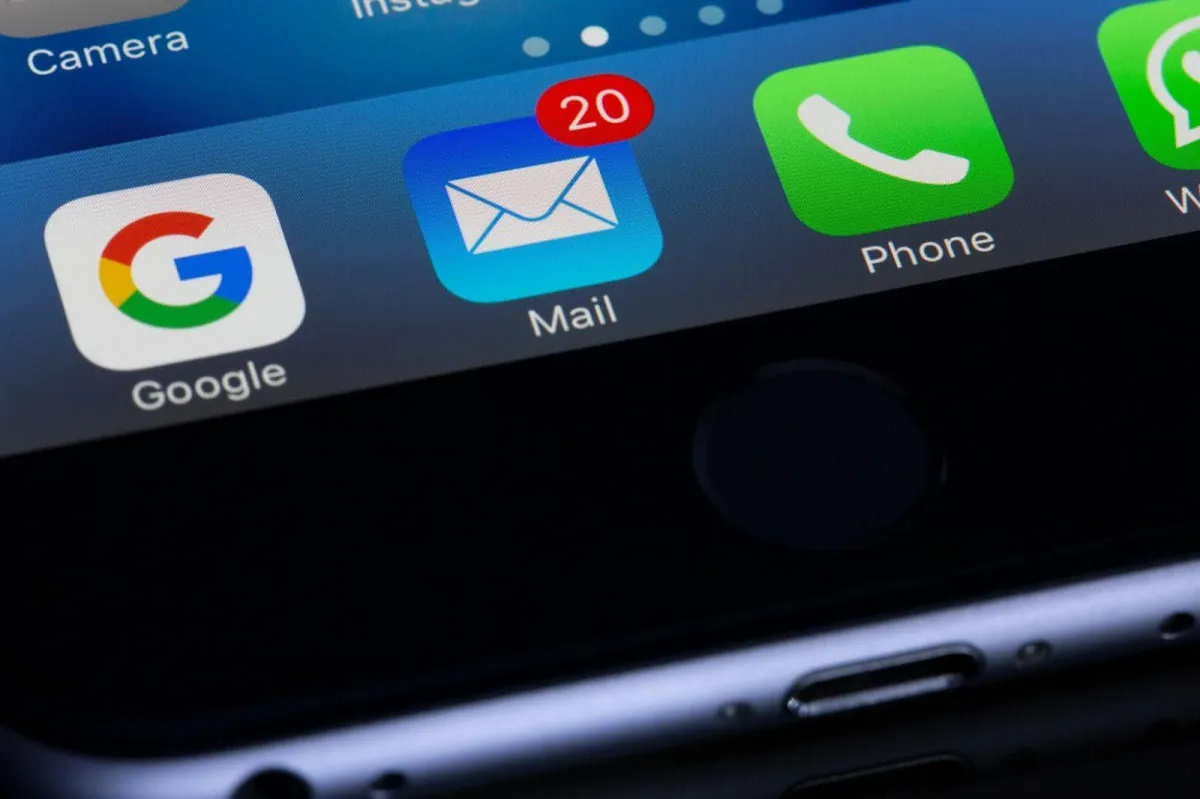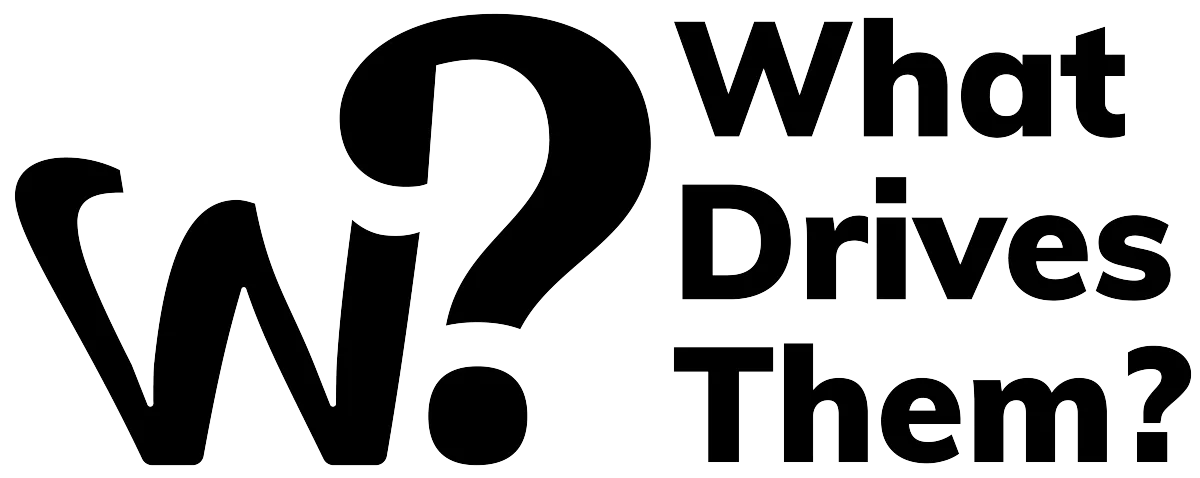
How do you Write the Best Follow-Up Email After Your Interview?
How do you Write the Best Follow-Up Email After Your Interview?
When Should You Send Your Follow-Up Email?2
What Should You Actually Include in Your Follow-Up Email?3
What Should You Do If You Haven't Heard Back?4
Do Virtual and In-Person Interviews Need Different Follow-Up Approaches?5
Should You Use AI to Write Your Follow-Up Email?6
Common Follow-Up Email Mistakes That Kill Your Chances7
Your Follow-Up Email Action Plan8
You just walked out of what felt like a solid interview. The conversation flowed well, you answered their questions confidently, and you're feeling pretty good about your chances. Now comes the part that trips up most candidates: the follow-up email.
Here's the thing - that follow-up email isn't just a nice gesture.
It's your final chance to make an impression after your interview, clarify any points from the interview, and show you're genuinely interested in the role.
Get it right, and you'll stay top of mind.
Get it wrong, and you might accidentally torpedo an otherwise successful interview.
TL;DR Key Takeaways
Timing is everything: Send your thank-you email within 24-48 hours to show enthusiasm without appearing desperate
Personalization matters: Reference specific conversation points and reiterate your fit for the role with concrete examples
Patience pays off: Wait at least five business days after their stated timeline before sending a polite check-in
Different formats need different approaches: Virtual interviews may require addressing tech aspects, but core elements stay the same
AI can help, but don't overdo it: Use tools for proofreading and clarity, but maintain authentic, personal communication

When Should You Send Your Follow-Up Email?
This is the question I get asked more than any other, and the answer is pretty straightforward: within 24-48 hours after your interview.
Research consistently shows that sending a thank-you follow-up email in this timeframe demonstrates promptness and enthusiasm without crossing into desperate territory (Indeed, 2025; CV App, 2025).
You want to be memorable for the right reasons - professional and enthusiastic, not pushy or needy.
Here's why this timing works so well.
Within 24 hours, you're still fresh in the interviewer's mind.
They remember your conversation, your personality, and the specific points you discussed. Wait too long, and you risk being forgotten among all the other candidates they're meeting.
But don't stress if you hit the 48-hour mark. Life happens, and most hiring managers understand that. Just don't let it drag on for a week - at that point, you've missed the window.
What if You Interviewed on a Friday?
Send your follow-up by end of business on Monday.
Don't worry about weekend timing - most professionals aren't checking work email over the weekend anyway, and Monday morning gives you a fresh start to their week.

What Should You Actually Include in Your Follow-Up Email?
A strong follow-up email isn't just "thanks for your time."
You need to be strategic about what you include to make a real impact.
According to recruitment experts (Robert Walters, 2024; Indeed, 2025), your follow-up should contain four key elements:
Gratitude for the opportunity
Specific references to your discussion
Reiteration of your interest and suitability
Polite request for next steps
The Essential Components Step by Step
Start with genuine gratitude
Thank them for their time and mention something specific about the interview experience. Maybe it was learning about their new product launch or understanding more about the team dynamics.
Reference specific conversation points
This is where you separate yourself from generic thank-you emails. Mention a particular challenge they discussed, a project you'd be working on, or even a shared interest you discovered during the conversation.
Reinforce your fit for the role
This isn't about repeating your resume. Use this space to connect dots between what they need and what you offer. Maybe you thought of a better example after the interview, or you want to clarify a point you made.
Close with professional enthusiasm
Express your continued interest in the position and include a soft call to action about next steps, without being pushy about it.
What This Actually Looks LikeHere's how these elements come together in a real email:
"Hi Sarah,
Thank you for taking the time to meet with me yesterday to discuss the Marketing Manager position. I really enjoyed our conversation about the upcoming product launch and how the marketing team plans to position it in the competitive landscape.
Our discussion about the challenges with customer retention particularly resonated with me. In my previous role at [Company], I developed a customer journey mapping process that increased retention by 23% over six months. I'd love to bring similar strategic thinking to help [Their Company] strengthen customer relationships.
I'm very excited about the possibility of joining your team and contributing to the innovative work you're doing. Please let me know if you need any additional information from me.
Best regards,
[Your name]"Notice how this email references specific conversation topics, connects the candidate's experience to their needs, and maintains enthusiasm without being over the top.

What Should You Do If You Haven't Heard Back?
This is where most people get antsy and start second-guessing themselves. You sent a great follow-up email, the interview went well, and now... crickets.
The golden rule here: wait at least five business days after their stated response timeframe before sending a polite check-in email (Hirewell, 2025). This shows you respect their process while demonstrating continued interest.
The Waiting Game
If they said they'd get back to you "by the end of the week" and it's now the following Tuesday, that's your cue to send a brief check-in.
If they didn't give you a specific timeline, wait about a week after your thank-you email.
Remember, hiring processes often take longer than expected. Budget approvals get delayed, key decision-makers travel, other priorities come up. Your silence during their process doesn't mean you're not interested - it means you're professional.
The Check-In Email Structure
Keep it short, polite, and focused on continued interest rather than impatience:
"Hi [Interviewer's name],
I wanted to follow up on our interview last week for the [Position title] role. I remain very interested in the opportunity and would welcome the chance to answer any additional questions you might have.
I understand these decisions take time, and I appreciate your consideration.
Best regards,
[Your name]"When to Move On
If you've sent a thank-you email and one polite follow-up and still haven't heard anything after two weeks, it's time to focus your energy elsewhere. Some companies are just terrible at communication, and that's not a reflection on you or your candidacy.

Do Virtual and In-Person Interviews Need Different Follow-Up Approaches?
The core elements of your follow-up email should stay the same regardless of interview format, but there are some subtle differences to consider.
For virtual interviews, you might briefly acknowledge any technical aspects or environment-related points that came up during your conversation (Indeed, 2025).
Maybe you bonded over both working from home, or there was a brief technical glitch that you both handled with good humor.
Virtual Interview Follow-Up Considerations
1. Reference the digital experience
If you had a smooth video call, you might mention appreciating the efficient virtual format. If there were minor tech issues that you both navigated well, a light reference can show your adaptability.
2. Address any environmental factors
If your home office setup came up in conversation, or if you discussed remote work policies, these can be natural points to reference in your follow-up.
Maintain the same professional tone
Don't let the casual nature of virtual meetings make your follow-up too informal. The email should still be polished and professional.
In-Person Interview Follow-Ups
For face-to-face interviews, you might reference the office environment, meeting team members, or any specific locations you visited during the interview process.
The key is authenticity - reference what actually happened and felt meaningful during your specific interview experience.

Should You Use AI to Write Your Follow-Up Email?
This is a very 2025 question, and the answer is nuanced. AI can be incredibly helpful for certain aspects of your follow-up email, but you need to be strategic about how you use it.
Using AI tools for proofreading, summarizing key points, or brainstorming ideas can definitely enhance clarity and professionalism. But generating the entire message with AI risks losing the personal authenticity that employers actually value (Indeed, 2025)
Where AI Can Help
Proofreading and grammar checks: Tools like Grammarly or ChatGPT can catch errors you might miss and suggest clearer phrasing.
Structure and organization: If you're struggling with how to organize your thoughts, AI can help you create a logical flow.
Brainstorming specific examples: AI can help you think through which conversation points to reference or how to connect your experience to their needs.
Where AI Falls Short
Personal voice and authenticity: Your follow-up email should sound like you, not like a generic template. The specific details and genuine enthusiasm need to come from your actual experience.
Relationship nuances: AI can't capture the subtle dynamics of your specific conversation or the cultural context of the company.
Strategic positioning: The decision about which strengths to emphasize or which points to clarify requires human judgment about the interview dynamics.
The Best Approach
Use AI as a writing assistant, not a ghostwriter.
Draft your email based on your genuine thoughts and experiences, then use AI tools to polish the language and check for clarity. This gives you the best of both worlds - authentic content with professional presentation.

Common Follow-Up Email Mistakes That Kill Your Chances
Look, it is great you took the time to write a follow up email - but you have to do it well! Even well-intentioned follow-up emails can backfire if you make these common mistakes:
Being Too Generic
"Thank you for your time yesterday. I'm very interested in the position. Please let me know about next steps."
This email could be sent to any interviewer after any interview. It shows zero engagement with the actual conversation and makes you immediately forgettable.
Over-Following Up
Sending multiple emails within a few days makes you look desperate and doesn't respect their process. Stick to the one thank-you email plus one polite check-in if needed.
Making It All About You
Your follow-up should show what you can do for them; not just restate why you want the job. Focus on how you can solve their problems, not just why you need employment.
Getting Too Personal
Keep your follow-up professional. This isn't the place to mention personal struggles, family situations, or unrelated life updates. Stay focused on the role and your professional qualifications.

Your Follow-Up Email Action Plan
Remember, a great follow-up email won't save a terrible interview, but it can definitely reinforce a good one.
The goal isn't to be perfect - it's to be professional, authentic, and memorable for the right reasons. Here is a quick plan for a timeline of when best to send a follow up email:
1. Within 24-48 hours: Send your personalized thank-you email referencing specific conversation points
2. If they gave you a timeline: Wait until that timeline passes, then add 2-3 business days before following up
3. If no timeline was given: Wait one week after your thank-you email, then send a polite check-in
4. After your check-in: If you don't hear back within another week, focus your energy on other opportunities
Your follow-up email is often the last impression you'll make before they make their decision. Make it count, but don't overthink it.
A genuine, well-written email that shows you were paying attention during the interview will serve you far better than a perfectly crafted generic message.
Learn how to create a great follow up email here.
Most importantly, don't let the follow-up email become a source of stress. You've already done the hard part by getting the interview and having a good conversation. The follow-up is just the professional cherry on top.



